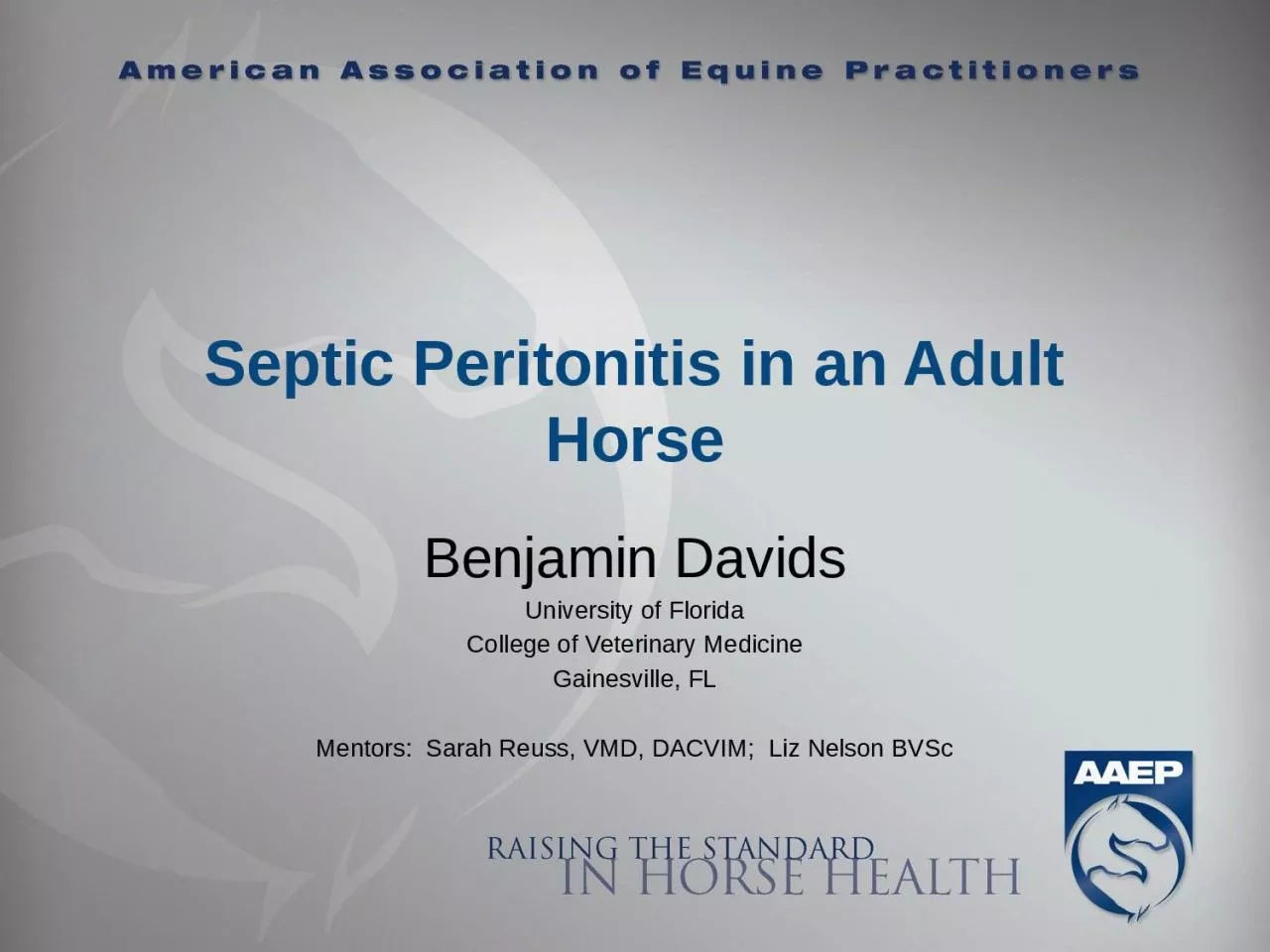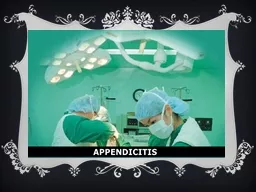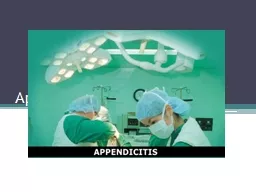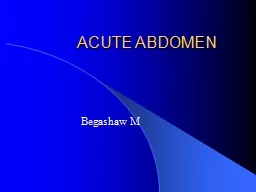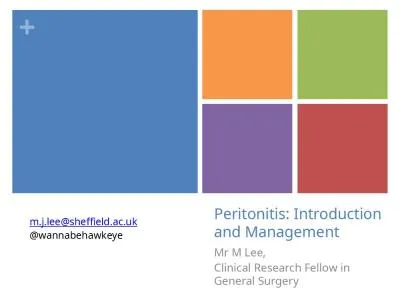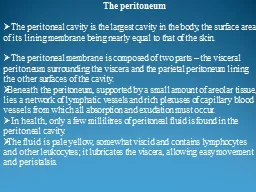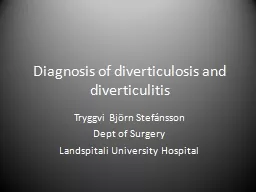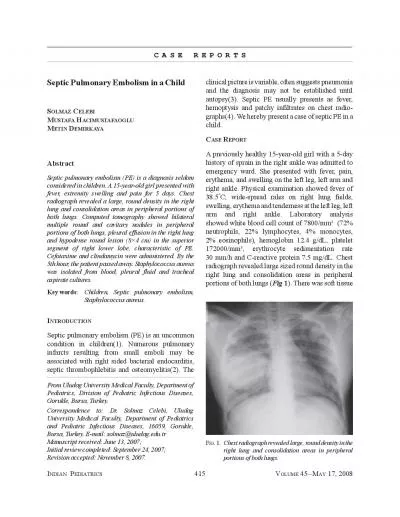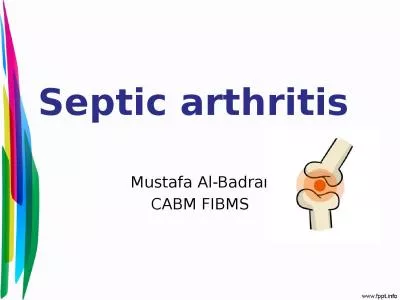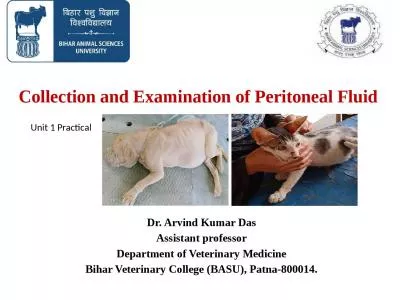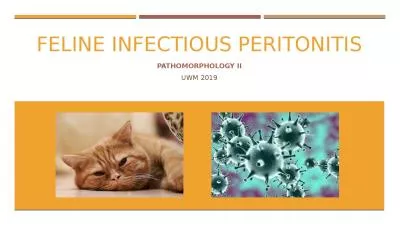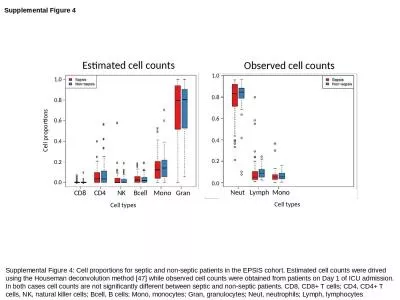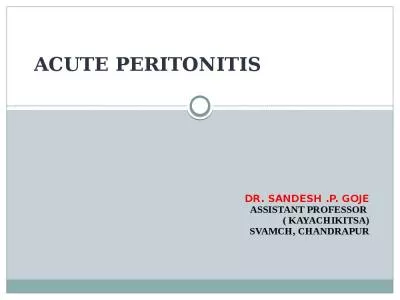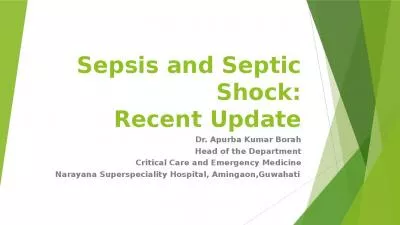PPT-Septic Peritonitis in an Adult Horse
Author : PeacefulPenguin | Published Date : 2022-08-04
Benjamin Davids University of Florida College of Veterinary Medicine Gainesville FL Mentors Sarah Reuss VMD DACVIM Liz Nelson BVSc Signalment and Clinical Presentation
Presentation Embed Code
Download Presentation
Download Presentation The PPT/PDF document "Septic Peritonitis in an Adult Horse" is the property of its rightful owner. Permission is granted to download and print the materials on this website for personal, non-commercial use only, and to display it on your personal computer provided you do not modify the materials and that you retain all copyright notices contained in the materials. By downloading content from our website, you accept the terms of this agreement.
Septic Peritonitis in an Adult Horse: Transcript
Download Rules Of Document
"Septic Peritonitis in an Adult Horse"The content belongs to its owner. You may download and print it for personal use, without modification, and keep all copyright notices. By downloading, you agree to these terms.
Related Documents

